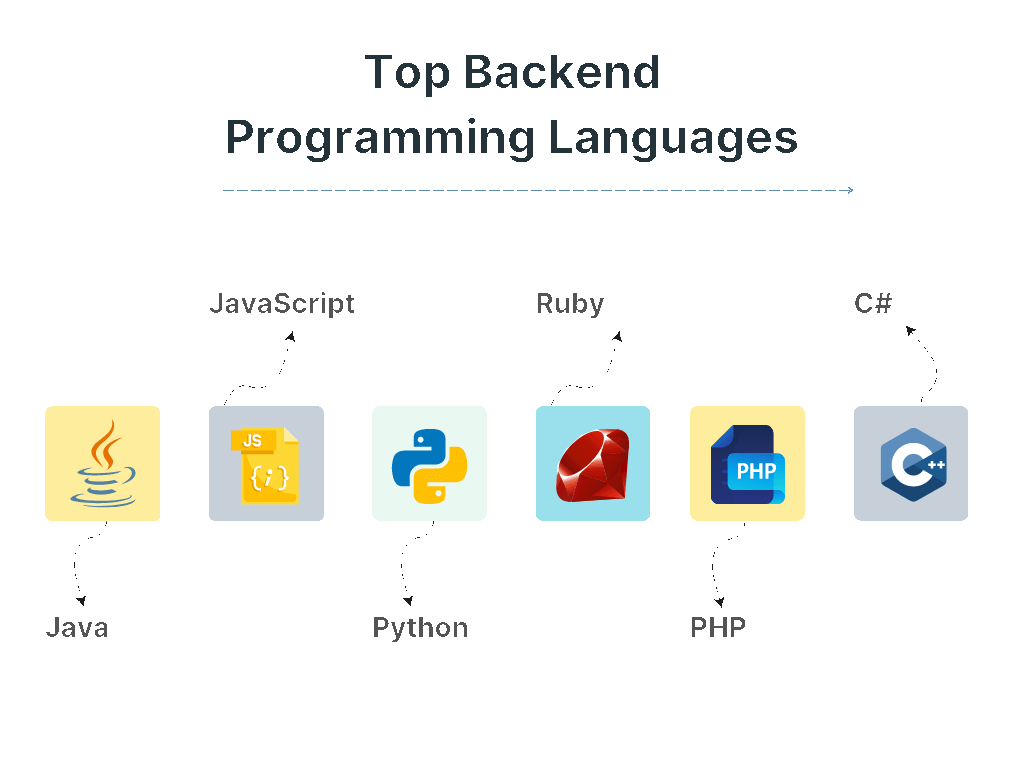When it comes to web development, choosing the right back-end programming language is crucial for creating a high-performing and efficient website or application. Back-end languages are responsible for handling server-side logic, database interactions, and overall functionality. In this article, we will explore the top back-end programming languages that are widely used in the tech industry today.
1. Python
Python is a versatile and beginner-friendly programming language that is widely used in back-end web development. With its clean syntax and readability, Python allows developers to write code quickly and efficiently. Python is known for its extensive library support, making it easy to integrate with various frameworks and tools. Popular frameworks like Django and Flask are commonly used in Python web development.
2. JavaScript
JavaScript is primarily known as a front-end language for creating interactive user interfaces. However, with the advent of Node.js, JavaScript has become a popular choice for back-end development as well. Node.js allows developers to run JavaScript on the server-side, enabling them to build full-stack applications using a single language. JavaScript frameworks like Express.js and Nest.js are widely used for building scalable and robust back-end systems.
3. Java
Java is a sturdy and reliable programming language that has been a staple in the tech industry for decades. Java is commonly used in enterprise-level applications due to its scalability, security, and performance. Java offers a vast ecosystem of libraries and frameworks like Spring and Hibernate that simplify the development process. Many large-scale web applications and services rely on Java for their back-end development.
4. Ruby
Ruby is a dynamic and expressive programming language that is well-suited for web development. Ruby on Rails, a popular web application framework built on Ruby, offers developers a productive and efficient workflow. Ruby on Rails enables rapid prototyping and follows the convention over configuration principle, making it easy to build and maintain web applications. Many startups and small businesses prefer Ruby on Rails for developing their back-end systems.
5. PHP
PHP is a server-side scripting language that is widely used for building dynamic websites and web applications. PHP powers popular content management systems like WordPress, Drupal, and Joomla. PHP offers strong database support and seamless integration with MySQL, making it a popular choice for web developers. Despite its criticism for being outdated, PHP continues to be a valuable tool for back-end development.
Conclusion
Choosing the right back-end programming language is essential for creating powerful and scalable web applications. Each programming language has its strengths and weaknesses, so it’s important to consider factors like performance, scalability, and community support when selecting a language for your project. Whether you choose Python for its simplicity, JavaScript for its versatility, Java for its reliability, Ruby for its productivity, or PHP for its widespread usage, the key is to select a language that aligns with your project requirements and development goals.
By staying informed about the latest trends and technologies in back-end programming, you can build robust and innovative web applications that meet the needs of your users and clients. Keep experimenting with different languages and frameworks to expand your skillset and stay ahead of the curve in the ever-evolving world of web development.
